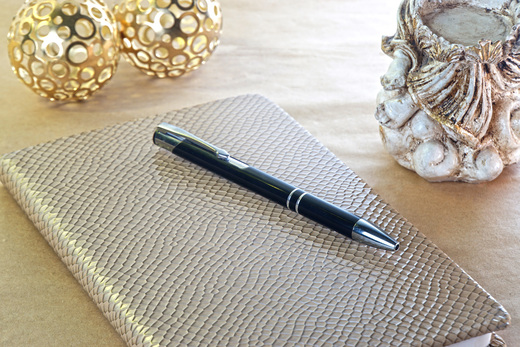Pens
Pens are versatile writing instruments that have been used for centuries to record and express thoughts, ideas, and information.
From the humble quill and inkwell to the modern ballpoint, pens have evolved over time to meet the needs of different users and writing styles.
Pens come in various types, each with its own unique features and advantages. Here are a few popular types of pens:
1. Ballpoint Pens: Ballpoint pens are the most common type of pen used today. They have a small ball at the tip that rotates as you write, allowing ink to flow onto the paper. Ballpoint pens are known for their reliability, convenience, and long-lasting ink. They are suitable for everyday writing tasks and are available in a wide range of styles and colors.
2. Rollerball Pens: Rollerball pens are similar to ballpoint pens but use a water-based ink that flows more freely. This results in smoother and more fluid writing. Rollerball pens are often favored by those who enjoy a more effortless writing experience. They are great for tasks that require precision and neatness, such as signatures or elegant handwriting.
3. Fountain Pens: Fountain pens are beloved by many writing enthusiasts for their elegance and the unique writing experience they offer. They feature a nib that draws ink from a reservoir in the pen and delivers it onto the paper. The flowing ink and the flexibility of the nib allow for a personalized writing style, making each stroke feel more expressive and distinctive. Fountain pens require a certain level of skill and maintenance but can provide a rewarding writing experience.
4. Gel Pens: Gel pens use a water-based gel ink that combines the smoothness of rollerball pens with the vividness of colors. The gel ink is thicker and more opaque than traditional inks, resulting in bold and vibrant lines. Gel pens are popular for artwork, creative writing, and adding color to notes and bullet journals. They are available in a wide range of colors, including metallic and glitter options.

Pens are not only functional but can also be stylish and personalized. Many pens are designed with ergonomic grips for comfortable writing, while others feature sleek designs and high-quality materials for a touch of luxury. Some pens can be refilled with ink cartridges or converters, reducing waste and allowing for long-term use.
In conclusion, pens are essential tools for communication, self-expression, and creativity. Whether you prefer the convenience of a ballpoint pen, the smoothness of a rollerball, the elegance of a fountain pen, or the vibrancy of a gel or marker pen, there is a pen out there to suit your needs and preferences. The beauty of pens lies in their ability to transform ordinary words into meaningful and lasting impressions on paper.
In addition to pens, there are numerous other school and office products that play essential roles in daily work, study, and organization. These products are designed to enhance productivity, facilitate learning, and promote efficiency. Here are some commonly used school and office products:
1. Notebooks: Notebooks are fundamental tools for taking notes, jotting down ideas, and organizing information. They come in various sizes, formats (such as lined, blank, or grid), and bindings (such as spiral-bound or hardcover). Notebooks can be tailored to specific purposes, such as lecture notes, project planning, or sketching.
2. Binders and Folders: Binders and folders help keep documents, papers, and reports organized and protected. Binders typically have metal rings that secure punched pages, while folders have pockets to hold loose papers. They are useful for storing and transporting important materials, ensuring they remain neat and easily accessible.
3. Sticky Notes: Sticky notes, also known as Post-it notes, are handy for leaving reminders, marking pages, or jotting down quick messages. They have an adhesive strip on one side, allowing them to be attached and repositioned on various surfaces without leaving residue. Sticky notes come in different sizes, colors, and shapes, making them versatile and eye-catching.
4. Highlighters: Highlighters are markers designed to emphasize and color-code important information in textbooks, documents, or notes. They are available in vibrant colors and can be used to emphasize key points, definitions, or dates, aiding in information retention and organization.
5. Calculators: Calculators are invaluable tools for performing mathematical calculations efficiently. They come in various types, including basic four-function calculators, scientific calculators, and graphing calculators. Calculators are commonly used in mathematics, science, and business-related tasks, helping users solve complex equations and perform statistical analysis.
6. Whiteboards and Markers: Whiteboards provide a reusable and erasable surface for writing, drawing, and brainstorming. They serve as collaborative tools in classrooms and meeting rooms, allowing ideas to be shared and visualized. Dry erase markers are used to write on whiteboards, and they come in different colors and tip sizes for versatility.
These are just a few examples of the many school and office products available. Each product serves a specific purpose, contributing to productivity, organization, and effective communication in educational and professional settings. The continued evolution of these products ensures that individuals have access to the tools they need to succeed in their work or studies.
Exporting is the process of selling goods or services produced in one country to buyers located in another country. It is an essential component of international trade and plays a significant role in the global economy. When it comes to exporting, there are several rules and regulations that businesses need to be aware of to ensure compliance and smooth transactions. Here are some key aspects related to exporting and the rules that govern them:
1. Trade Agreements: Trade agreements between countries establish the terms and conditions for exporting and importing goods and services. These agreements, such as free trade agreements or customs unions, aim to reduce trade barriers, promote fair competition, and facilitate economic growth. They typically include provisions related to tariffs, quotas, rules of origin, and intellectual property rights.
2. Export Controls: Export controls are regulations imposed by governments to manage and restrict the export of certain goods, technologies, or services. These controls are usually in place to protect national security, prevent the proliferation of weapons, safeguard sensitive technologies, or comply with international sanctions. Businesses exporting controlled items must obtain the necessary licenses or permits and comply with specific documentation and reporting requirements.
3. Customs Regulations: Customs regulations govern the movement of goods across international borders. They include procedures, documentation, and requirements that must be met for the legal import and export of goods. These regulations cover areas such as customs declarations, valuation of goods, classification of products, duties, taxes, and customs clearance procedures. Compliance with customs regulations is crucial to ensure smooth and efficient cross-border trade.

These are just a few examples of the rules and regulations that businesses need to consider when engaging in exporting. It is important for exporters to stay updated on the specific requirements of their target markets, work closely with customs authorities, consult legal and trade experts when needed, and maintain compliance with relevant regulations to ensure successful and lawful international trade.

Pens are not only functional but can also be stylish and personalized. Many pens are designed with ergonomic grips for comfortable writing, while others feature sleek designs and high-quality materials for a touch of luxury. Some pens can be refilled with ink cartridges or converters, reducing waste and allowing for long-term use.
These are just a few examples of the many school and office products available. Each product serves a specific purpose, contributing to productivity, organization, and effective communication in educational and professional settings. The continued evolution of these products ensures that individuals have access to the tools they need to succeed in their work or studies.

These are just a few examples of the rules and regulations that businesses need to consider when engaging in exporting. It is important for exporters to stay updated on the specific requirements of their target markets, work closely with customs authorities, consult legal and trade experts when needed, and maintain compliance with relevant regulations to ensure successful and lawful international trade.
FAQs
What are the different types of pens available and how do they differ in terms of functionality and writing experience?
The different types of pens include ballpoint pens, rollerball pens, fountain pens, gel pens, and marker pens. They differ in terms of the type of ink used, the smoothness of writing, the variety of colors, and the writing style they offer.
What factors should be considered when choosing a pen for a specific task or purpose?
When choosing a pen, consider factors such as the writing task, ink type, comfort, grip, durability, and budget.
How can one properly maintain and care for a fountain pen to ensure optimal performance and longevity?
To maintain a fountain pen, clean it regularly, use high-quality ink, store it properly, and handle it with care to ensure optimal performance and longevity.
Are there any eco-friendly pen options available that promote sustainability and reduce waste?
Yes, there are eco-friendly pen options available, such as pens made from recycled materials and refillable pens, that promote sustainability and reduce waste.





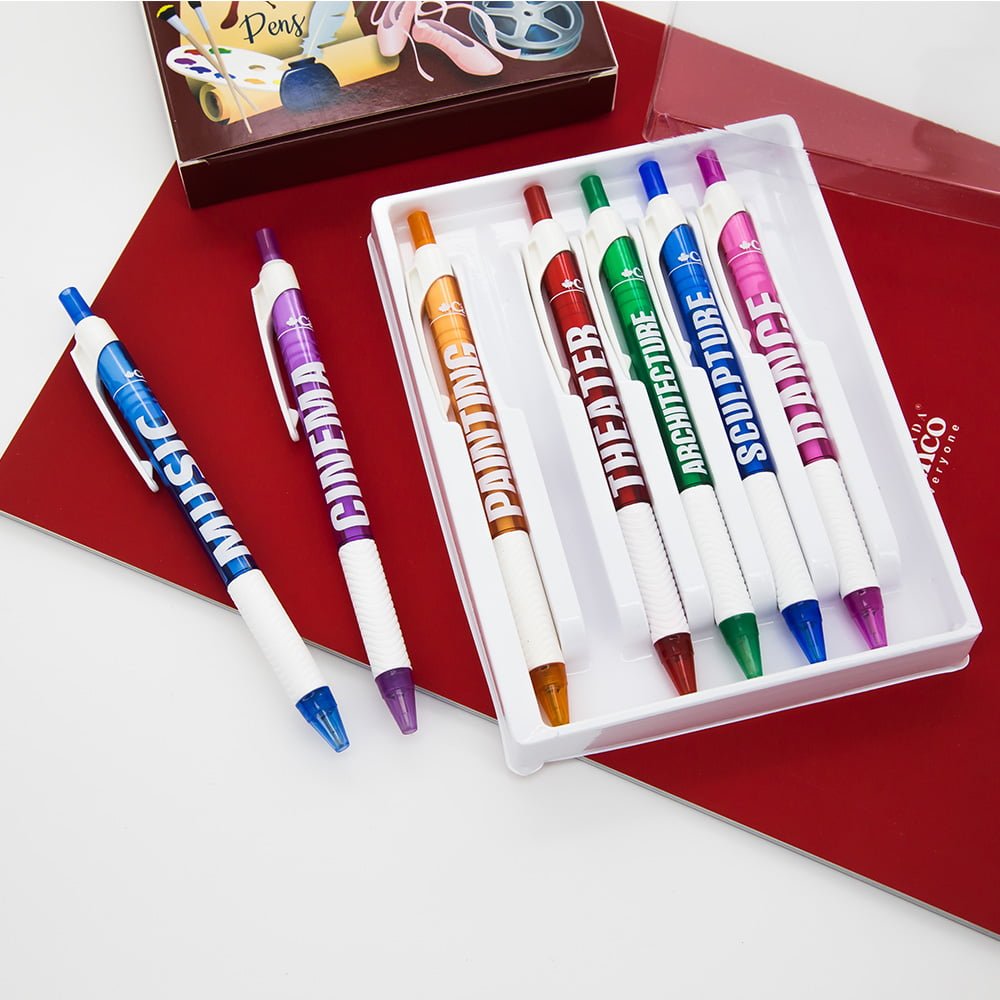
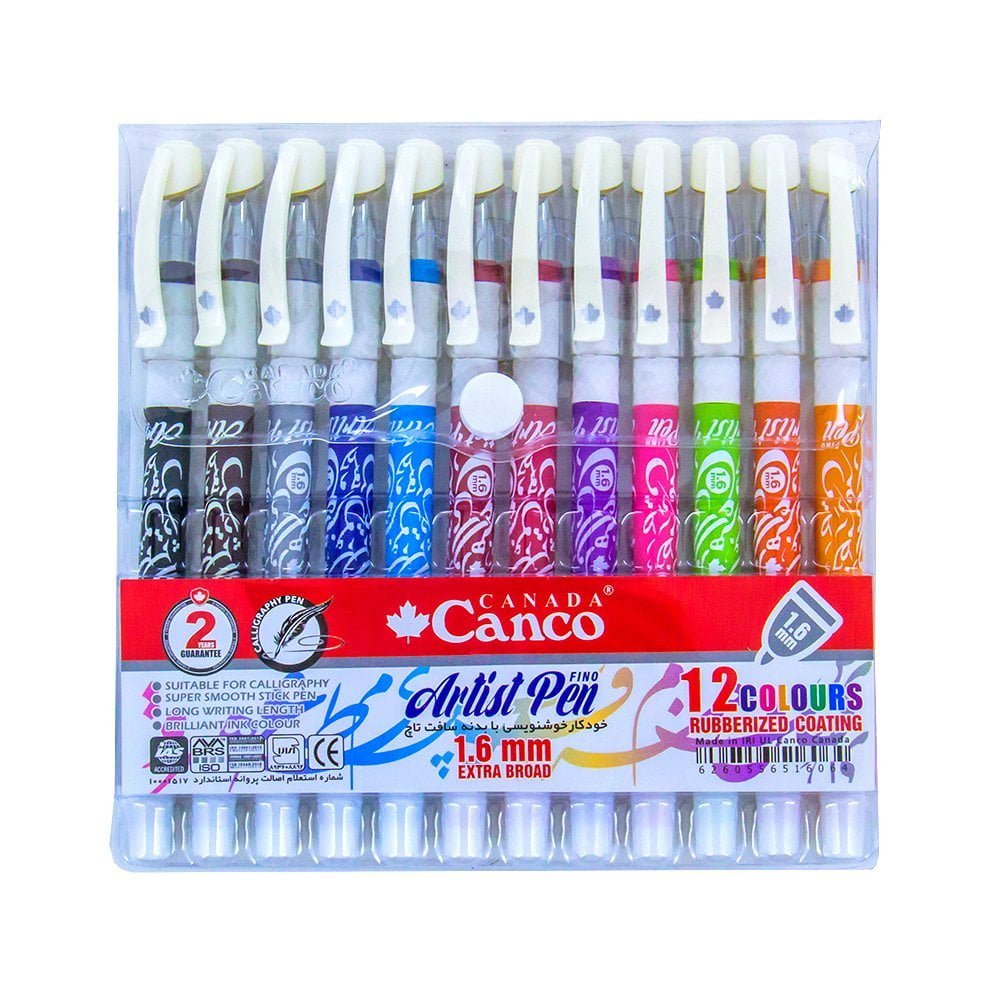
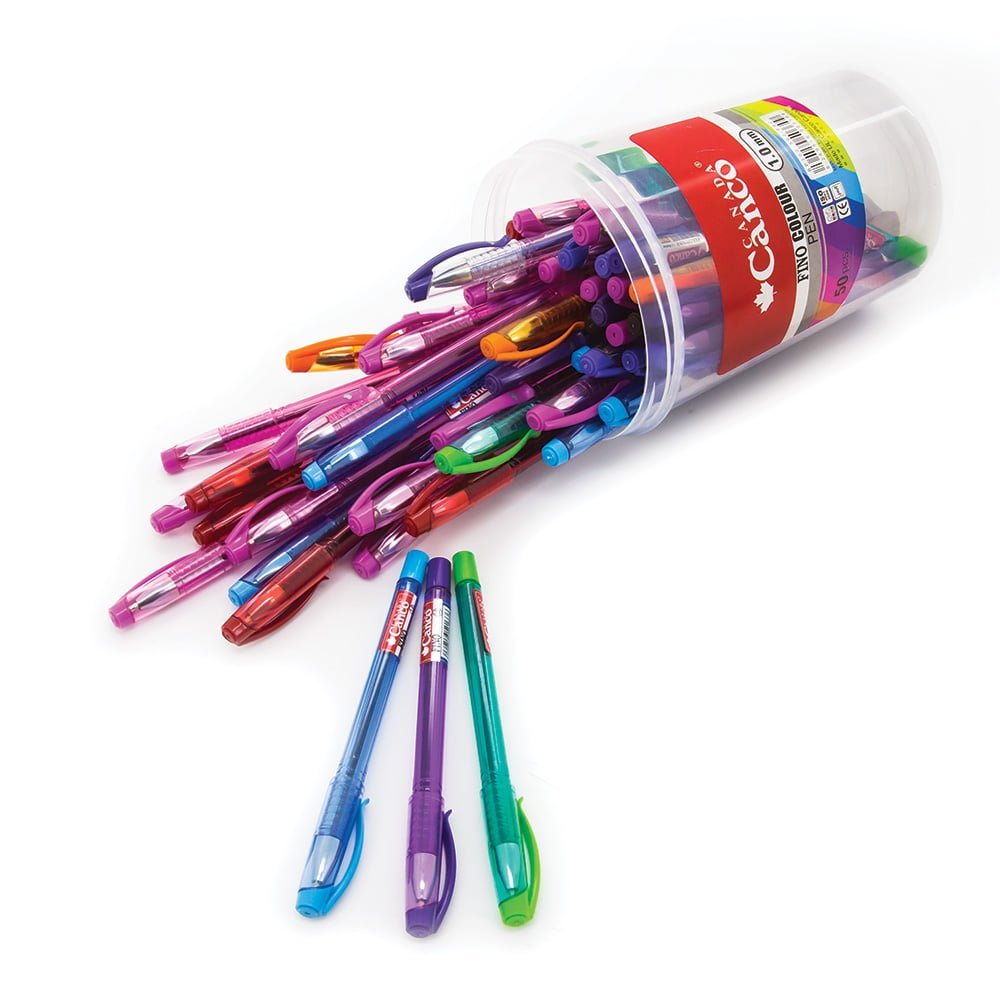
.jpg)
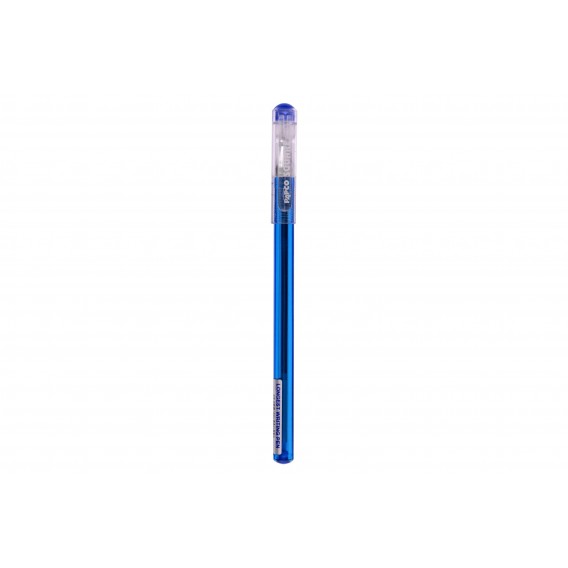
.jpg)
